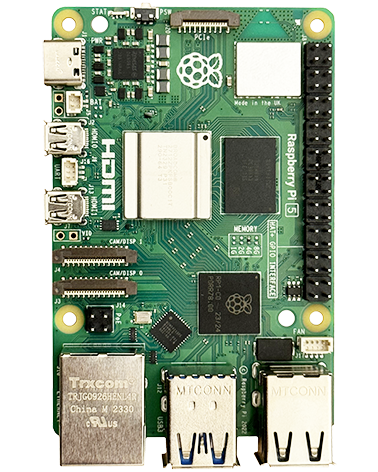Important to understand
Rules are read from top to bottom
As soon as a rule is found that covers whatever is happeneing at the firewall, it is used and anything below ignored. So, for instance, a DROP deny all rule (sudo iptables -A INPUT -j DROP) must be last because everything after it in that section will be ignored).
Useful Iptable commands
List available optons
iptables -hList all rules
sudo iptables -L
sudo iptables -SDelete a rule
List all rules with line numbers
sudo iptables -L --line-numbersDelete rule at line number
sudo iptables -D INPUT 2(Where ‘2’ is the rules line number)
Add a rule
To add a rule to the beginning:
sudo iptables -I INPUT -p tcp -m tcp --dport 22 -j ACCEPTTo add a rule to the end:
sudo iptables -A INPUT -j DROP(NOTE – everything after a DROP deny all rule will be ignored in that section!!! It must be last.)
Editing rules in a text editor
Export the exisiting rules to a text file:
sudo iptables-save > ~/iptables.txtMake your changes:
nano ~/iptables.txtThen import the new rules, overwriting what’s already there:
sudo iptables-restore < ~/iptables.txtSaving entries
Your changed rules won’t be used after a reboot unless they are saved for the OS fetch them on boot. You’ll need the iptables-persistent package installed:
apt-get install iptables-persistentSave current iptables config for IPv4
sudo -i
iptables-save > /etc/iptables/rules.v4
exit(The “-i” is needed to switch into root user because sudo is lost after the ‘>’ character, but its needed on the path for the save)
Save iptables config for IPv^
We’re going to simply block all IPv6 traffic in this example
Dangerous commands!
sudo iptables -F
Before you use -F to flush (delete) all the rules, check the ‘policy’ for all 3 chains (sudo iptables -L). If you’ve used ‘sudo iptables -P INPUT DROP’ then the policy will have been set to DROP, so once all of your rules are flushed everything will then be dropped…it will immediately disconnect your SSH session! Set the policy to ACCEPT before using -F
You’ll need to reboot it to get the server back!

